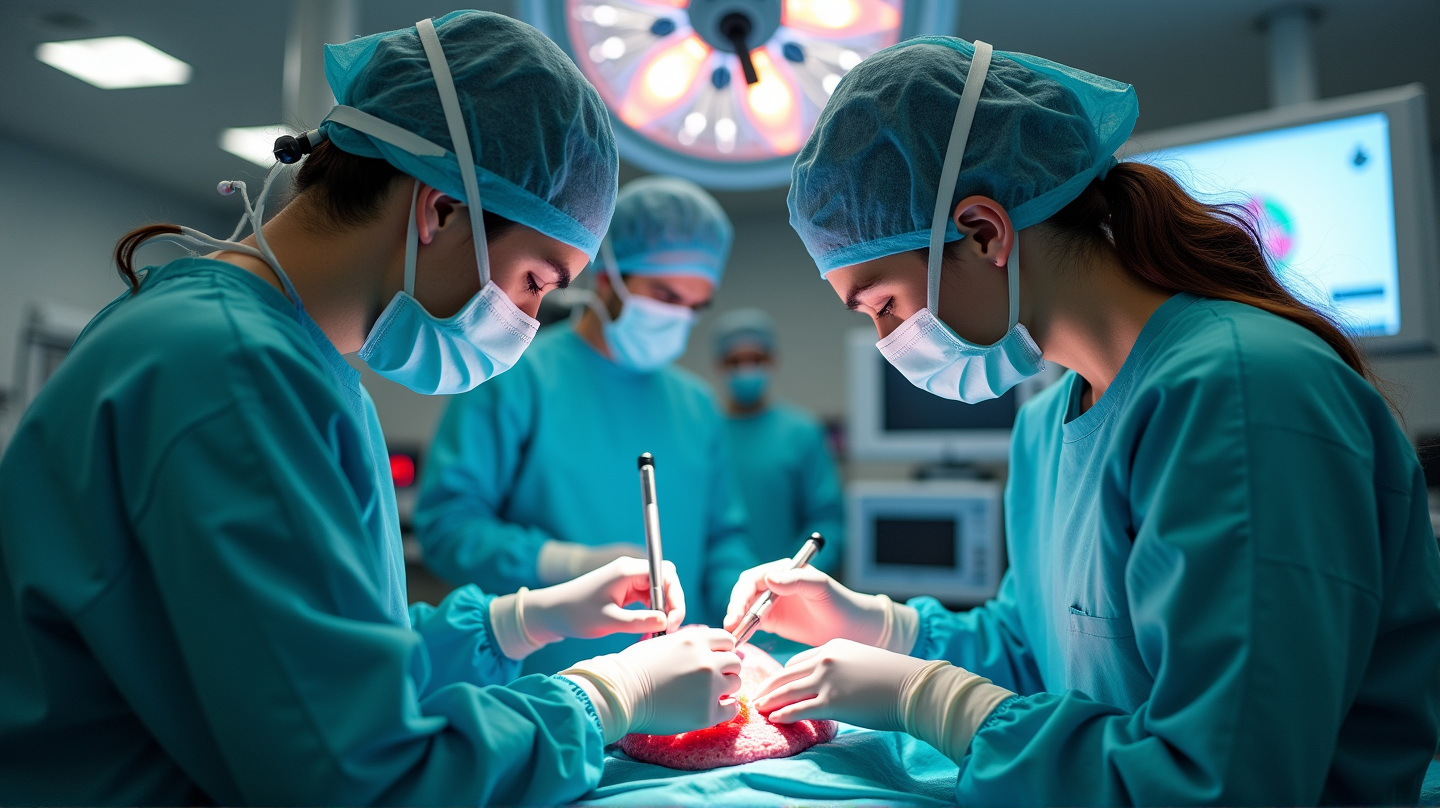In recent years, technological advancements have profoundly transformed the field of lung surgery, thanks to innovative robotic systems like the Ion Endoluminal System and the da Vinci Xi. These cutting-edge technologies offer patients higher accuracy and faster recovery periods, ushering in a new era of precision medicine.
Precision Robotics: Expanding Surgical Horizons
Robotic surgery has become an integral part of modern medical practices since its introduction in the late 20th century. Unlike traditional open or manual procedures, robotic systems provide surgeons with a three-dimensional high-definition view of the surgical area, enabling them to execute precise movements through robotic arms. As Dr. Garry Weide, a leading cardiothoracic surgeon at UnityPoint Health - St. Luke’s, notes, these systems are an extension of the surgeon, allowing enhanced control and visibility during complex procedures.
The Ion System: Navigating the Intricacies of the Lungs
The Ion Endoluminal System has been a game-changer for lung biopsies, particularly in diagnosing lung cancer. Utilizing ultra-thin, flexible robotic catheters, it reaches small, inaccessible lung nodules with better accuracy and less invasiveness compared to conventional methods. This innovation enables earlier detection and a broader patient candidate pool, reducing the need for ‘watchful waiting’ and facilitating proactive treatment, as highlighted by medical experts.
The da Vinci Xi: Swift and Safe Surgical Solutions
The da Vinci Xi represents the forefront of minimally invasive surgery, providing greater dexterity and visualization than ever before. Surgeons can now address complex cases involving delicate lung structures or hard-to-reach tumors with unprecedented precision. Enhanced with Firefly™ fluorescence imaging technology, it allows real-time visualization of blood flow, optimizing surgical outcomes. As Dr. Weide illustrates, patients benefit from dramatically reduced hospital stays and recovery times, often resuming normal activities within weeks instead of months.
Comparing Traditional and Robotic Surgery Approaches
Traditional open surgeries necessitate larger incisions, leading to longer hospital stays and recovery periods. In contrast, the da Vinci Xi requires only minimal incisions, reducing surgical trauma and enhancing recovery outcomes. According to The Gazette, patients experience less pain and bleeding, making robotic procedures remarkably efficient and appealing for a wide range of thoracic surgeries.
A Personal Testimony: The Patient Experience
A remarkable account from a patient underscores the transformative impact of robotic systems. Having undergone both open and robotic-assisted lung surgeries, the patient experienced significantly improved recovery with the da Vinci Xi, highlighting the advantages in comfort and overall healing time.
Robotic systems are setting new standards for lung biopsies and surgeries, promising greater accuracy, quicker recovery, and, ultimately, better patient outcomes. As this technology continues to evolve, its role in advancing healthcare cannot be overstated.
